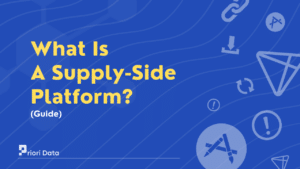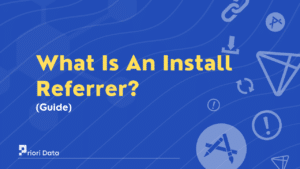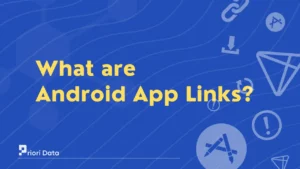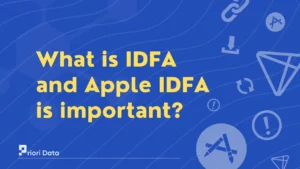Deep linking technology has transformed how users access and interact with their apps. Studies have shown that deep linking can lead to up to a 40% increase in user engagement and a 20% increase in conversion rates.
If you’re someone who isn’t familiar with deep linking but wants to learn about it, you are at the right place. In this article, we will explain deep linking, its types, and its benefits to users and app developers. So without any further ado, let’s get into it.
What is Deep Linking
A deep link is a type of link that redirects its users to specific pages or content within an app.
In simpler words, it’s a shortcut process for accessing specific pages in an app without navigating through it.
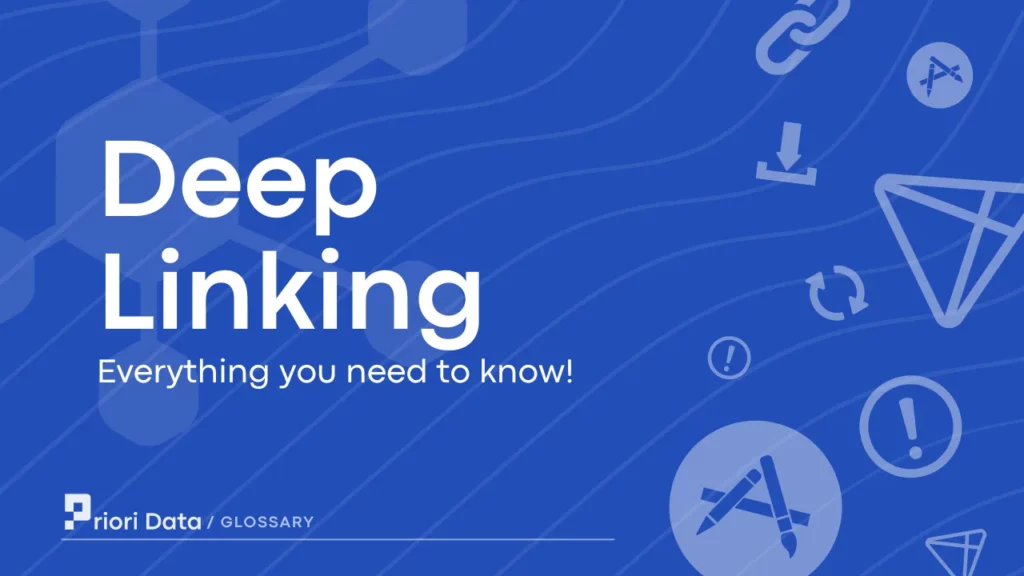
Take this for an example; you have a recipe app installed on your phone, and a friend sends you a link to a specific recipe. When you click that link, it will take you directly to that recipe. This is what you call deep linking.
Types of Deep Links
Deep linking has three main types, which are slightly different from each other. These three types include:
Traditional Deep Links
These links can direct users to specific pages or content within an app if they have the app installed on their devices.
Deferred Deep Links
If you don’t have the app installed on your device and you click on a deferred link, it will first take you to the app store, where it will ask you to install the app and then route you to the specific page or content within that app.
Contextual Deep Links
It is the same as a deferred link but with the additional capability to store custom data such as who shared the link, where the user wants to go, where the link was clicked, etc.
Why are Deep Links Important?
Now that you know what deep linking is, let’s take a look at the benefits it has for the users and the app developers:
Improved User Experience: Deep linking enhances the user experience by allowing users to quickly and easily access specific content within an app.
Increased Engagement: When users can quickly and easily access an app, they will likely remain interested in it, leading to increased user engagement.
Better App Discovery: Deep linking can also make users discover new content and features without the hassle of navigating through the app.
Better Analytics: Deep linking can provide developers with more accurate analytics as it helps them identify from which platform users are coming and what specific pages have the most traffic within the app.
When Should You Use Deep Linking?
Deep linking has many use cases in different industries; let’s check out a few of the common ones:
Marketing and advertising: Deep linking can take users directly to a product or service you are offering within the app.
User onboarding: It can direct new users to pages from where they can learn how to use the app.
Social media sharing: Deep linking can enable users to share specific content within an app with their family and friends.
Search engine optimization: Deep linking can also improve an app’s SEO, making it easier for users to find the app and its content.
FAQs
Q1. What’s the difference between hyperlinks and deep links?
Ans: Deep links and Hyperlinks operate pretty much the same way, but while hyperlinks direct users to web pages, deep links send them to a specific page within an app.
Q2. What happens with a deep link if the app is not installed?
Ans: If the app isn’t installed, a deep link will take you to the app store, where it will ask you to download the app to view the content.



